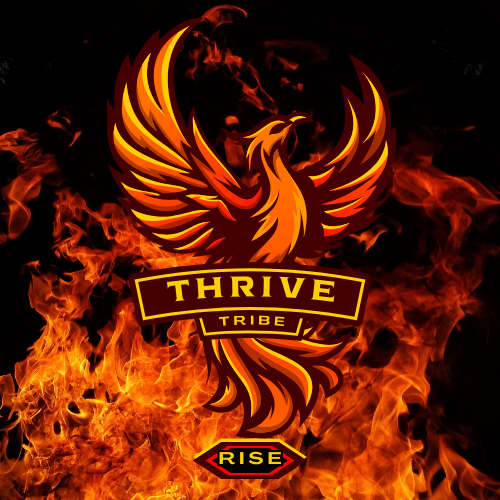Hip flexors are a group of muscles located around the front of the pelvis. They help in bending your legs and moving them toward your torso. Sounds pretty simple, right? But when these muscles get tight, they can mess up your whole groove.
You might not give it much thought as you sit at your desk or lounge on the couch, but these muscles are working hard even when you’re not. The constant sitting shortens them over time, leading to discomfort and even pain.
So, what’s the deal with tightness? When these muscles get tight, it might feel like a tug in your hip or lower back area. It’s kinda like your body telling you, ‘Hey, I’ve been stuck in one position for way too long!’
Tight hip flexors can be the culprits behind more than just stiffness. They often contribute to lower back pain and might affect your posture. Imagine the domino effect of one small muscle group sneaking into your daily comfort!
People with desk jobs are especially susceptible because they tend to spend hours on end sitting. And in this digital age, aren’t most of us glued to some screen for hours?
To recognize tight flexors, think about the last time you stood up after sitting for a while. Did you notice the stiffness or a pulling sensation? Yeah, that’s likely your hip flexors grumbling.
Knowing the role and risks associated with tight hip flexors is step one. Understanding these dynamics helps us prepare for the next step: figuring out how to release and manage this tension.
Exploring Effective Hip Flexor Release Techniques
Tight hip flexors? No sweat! Let’s talk about how we can kick that tension to the curb with some effective release techniques.
Stretching is probably the go-to when it comes to easing those muscles. Adding a few hip-specific stretches to your routine can make a world of a difference. Think lunges or the butterfly stretch—easy moves you can do at home or even on a yoga mat in front of your favorite show.
If you’re feeling fancy, foam rolling can be your best friend. Slowly rolling that foam under your thighs helps loosen those tight spots and improve flexibility. Just keep an eye on your positioning to maximize the benefit.
Massage therapy might sound like an indulgence, but it’s quite practical for muscle health. A skilled therapist will work on those deeper layers of tissue, giving you relief from those knots.
Ever heard of myofascial release? It’s a technique that targets those stubborn fascia layers around your muscles. It might sound intense but tapping into these methods could help.
Yoga and Pilates aren’t just calming—they are amazing for improving hip range. Poses that focus on the lower body like Warrior or Pigeon pose can gradually ease tension with regular practice.
Before you jump in, though, it’s wise to pay attention to your body’s limits. Listen to what feels right, especially if you’re new to these techniques. Pushing too hard can sometimes do more harm than good. So, ease into it and let your body set the pace.
How to Successfully Release and Maintain Loose Hip Flexors
Keeping those hip flexors happy long-term takes a bit of effort, but trust me, it’s worth it. Daily habits can really make a difference when it comes to keeping tightness at bay.
Start incorporating stretches into your morning or evening routine. Just 5-10 minutes can help keep things flexible. If you’ve got a standing desk option at work, use it off and on through the day to break up those long sitting hours.
Paying attention to your posture is another game-changer. Standing up straight might sound simple, but slouching can put unnecessary strain on your hips and lower back.
Exercise is a superstar here. Activities like walking, cycling, or light jogging keep you moving and help prevent tight muscles. Just don’t forget to stay hydrated because your muscles love water as much as you do!
And if you’re ever in doubt, reaching out to professionals like physical therapists or personal trainers is a solid move. They’ll give you personalized tips and exercises based on your needs.
The key is to look at hip flexor health as a part of overall well-being. Combine stretching, good posture, and regular movement, and you’re setting yourself up for long-term ease and comfort.
